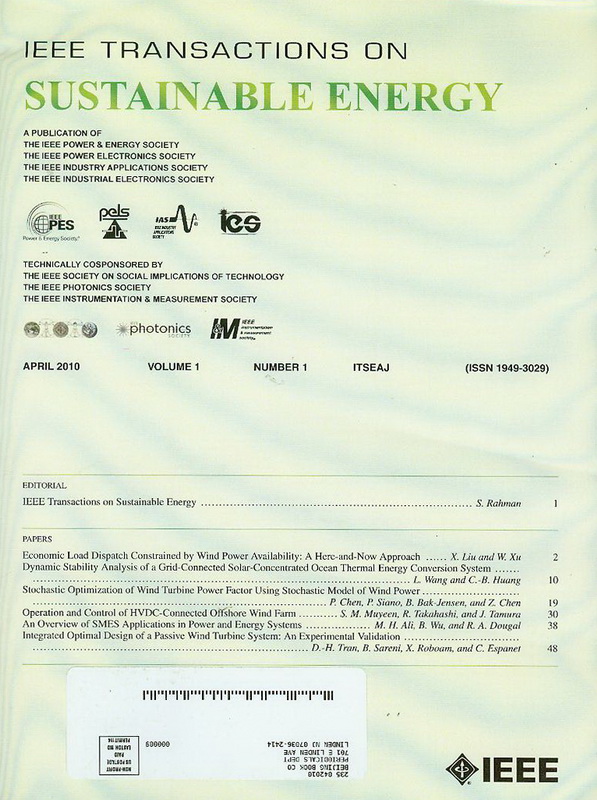考虑平衡利用和延长多电解槽寿命的可再生能源制氢系统协同运行
IF 10
1区 工程技术
Q1 ENERGY & FUELS
引用次数: 0
摘要
针对可再生能源耦合碱性水电解(AWE)系统效率低、经济性差、适应性有限等问题,提出了一种基于两阶段优化框架的功率状态滚动优化策略(PSROS)。首先,将大型AWE系统划分为多个模块,减少优化问题的可变维数。然后,根据AWE机组的效率特点,建立了简化的模块级最优效率模型。在此基础上,综合考虑制氢量、寿命退化和利用平衡等因素,在模块和单元层面构建多目标优化模型。最后,引入有限水平滚动优化机制来解决两阶段优化问题,提高了每个优化水平末端调度决策的连续性和合理性。年度案例研究结果表明,在无电池场景下,与简单启停策略(SSSS)、阵列旋转策略(ARS)和滚动优化策略(ROS)相比,pros系统效率分别提高了9.92%、11.12%和3.81%,氢气平充成本(LCOH)分别降低了4.14、5.43和2.35元/kg。电池集成后,系统效率进一步提高0.77%,LCOH进一步降低0.49元/千克。本文章由计算机程序翻译,如有差异,请以英文原文为准。
Collaborative Operation of Renewable Energy Hydrogen Production Systems Considering Balanced Utilization and Extended Lifespan of Multi-Electrolyzers
To address the challenges of low efficiency, poor economic performance, and limited adaptability in renewable energy–coupled alkaline water electrolysis (AWE) systems, this study proposes a power–state rolling optimization strategy (PSROS) based on a two-stage optimization framework. First, the large-scale AWE system is divided into multiple modules to reduce the variable dimension of the optimization problem. Then, a simplified module-level optimal efficiency model is developed based on the efficiency characteristics of AWE units. Subsequently, multi-objective optimization models are constructed at the module and unit levels, comprehensively considering hydrogen production volume, lifespan degradation, and utilization balancing. Finally, a finite-horizon rolling optimization mechanism is introduced to solve the two-stage optimization problem, improving the continuity and rationality of scheduling decisions at the end of each optimization horizon. Annual case study results demonstrate that, under the non-battery scenario, PSROS improves system efficiency by 9.92%, 11.12%, and 3.81%, and reduces the levelized cost of hydrogen (LCOH) by 4.14, 5.43, and 2.35 CNY/kg compared with the simple start-stop strategy (SSSS), array rotation strategy (ARS), and rolling optimization strategy (ROS), respectively. With battery integration, the system efficiency is further improved by 0.77%, and the LCOH is further reduced by 0.49 CNY/kg.
求助全文
通过发布文献求助,成功后即可免费获取论文全文。
去求助
来源期刊

IEEE Transactions on Sustainable Energy
ENERGY & FUELS-ENGINEERING, ELECTRICAL & ELECTRONIC
CiteScore
21.40
自引率
5.70%
发文量
215
审稿时长
5 months
期刊介绍:
The IEEE Transactions on Sustainable Energy serves as a pivotal platform for sharing groundbreaking research findings on sustainable energy systems, with a focus on their seamless integration into power transmission and/or distribution grids. The journal showcases original research spanning the design, implementation, grid-integration, and control of sustainable energy technologies and systems. Additionally, the Transactions warmly welcomes manuscripts addressing the design, implementation, and evaluation of power systems influenced by sustainable energy systems and devices.
 求助内容:
求助内容: 应助结果提醒方式:
应助结果提醒方式:


